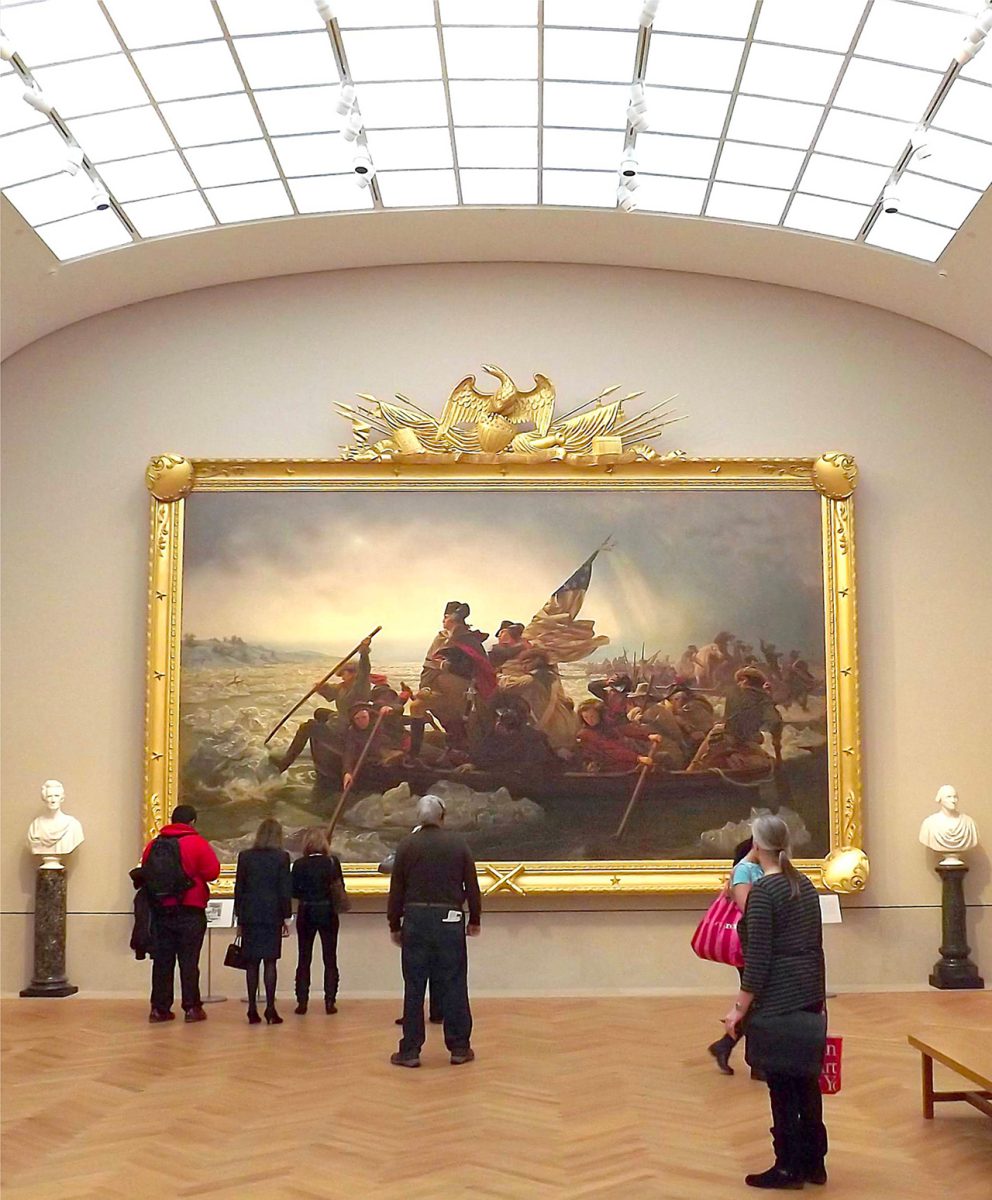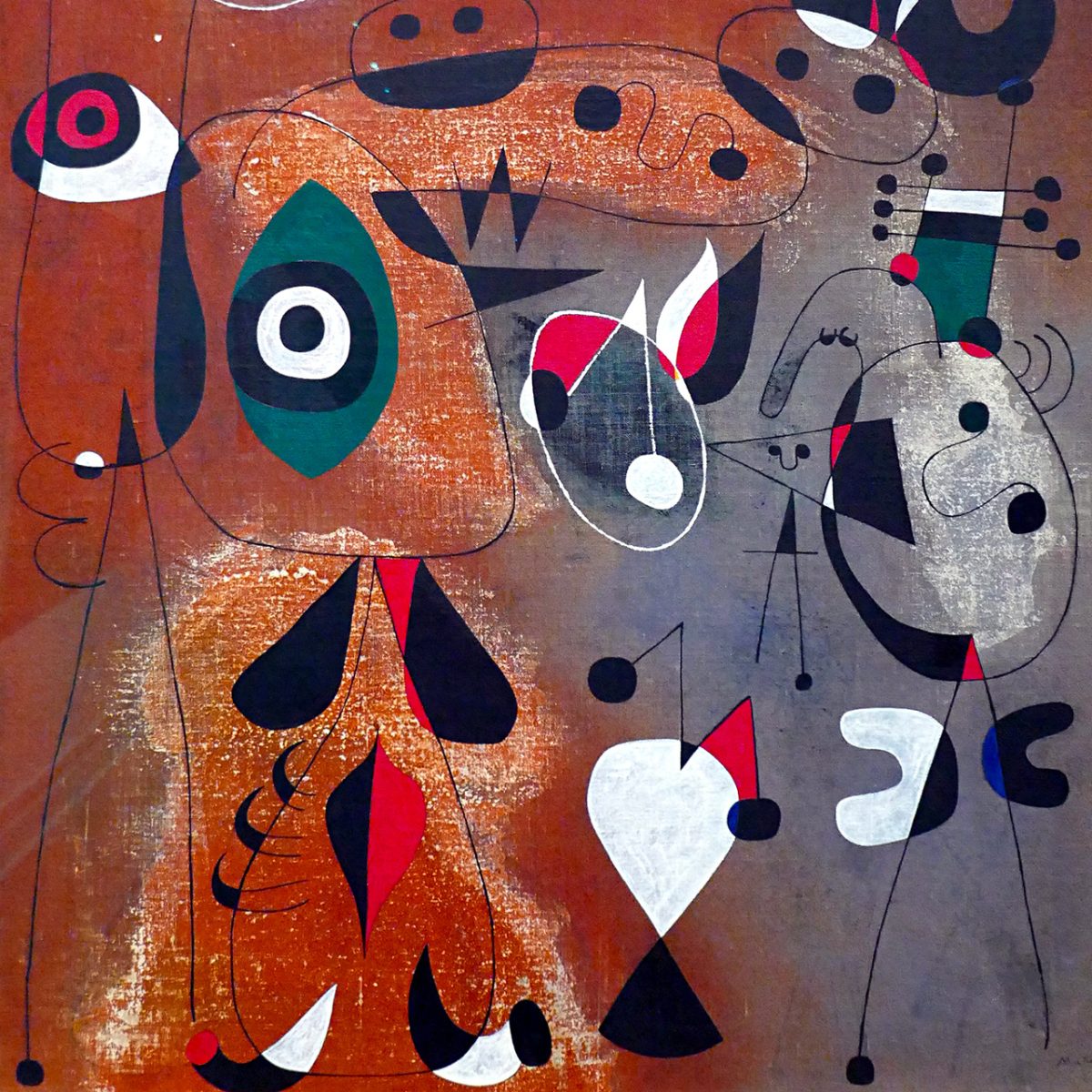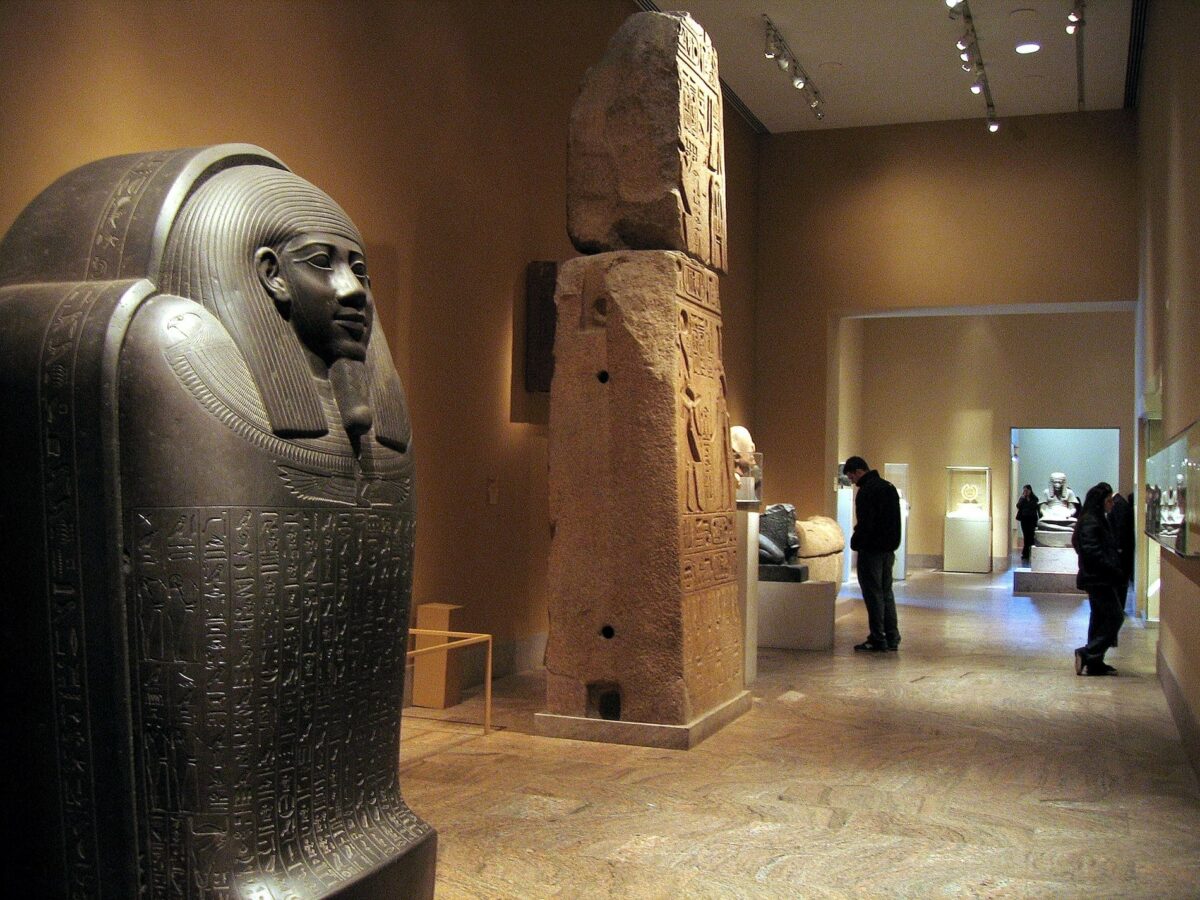In the heart of Manhattan, overlooking Central Park, stands one of the world’s most prestigious cultural institutions. The Metropolitan Museum of Art, affectionately known as the MET by New Yorkers, is the American equivalent of the Louvre in Paris or the British Museum in London. With 250,000 works on display from a total collection of 2 million pieces, this temple of art offers a journey through 5,000 years of history and human creativity. For any traveller wishing to understand the cultural soul of New York, a visit to the MET is an experience not to be missed.
The Metropolitan Museum of Art in New York
History and architecture of the MET
Born in 1872 out of the ambition of wealthy New York businessmen to create a museum capable of rivalling European institutions, the Metropolitan Museum initially occupied a modest site at 681 Fifth Avenue. The majestic building we know today, with its neoclassical façade and imposing staircase, has grown steadily over the decades to become one of New York’s most emblematic buildings.
The MET’s famous steps, immortalised in the TV series Gossip Girl, have become a popular meeting place for New Yorkers and tourists alike. This monumental entrance sets the tone for what awaits visitors: a plunge into a world where art takes on all its dimensions, from the most intimate to the most grandiose.
Organisation and collections: a world to explore
When you walk through the doors of the Great Hall, the museum’s impressive entrance hall, you are faced with a major dilemma: where to start? With its 280 rooms spread over several levels, the MET can seem intimidating to the unprepared visitor. However, a methodical organisation will help you find your way around.
First level: treasures of Antiquity and international art
The ground floor (called the “first level” in American nomenclature) concentrates major collections including the art of Ancient Egypt, arms and armour, the American wing, medieval art, European sculpture, Greek and Roman art, and the arts ofAfrica, the Americas andOceania. Contemporary and modern art are also on display, providing a striking contrast to the age-old works.
Second level: pictorial splendours and delicate arts
On the upper floor (the “second level”), visitors can discover the department of European paintings, Asian works, the collection of musical instruments from around the world, Arab art and photography. The great French masters are particularly well represented here, with remarkable works such as Claude Monet‘s “Le Pont Aux Nénuphars”, inspired by his garden at Giverny, and paintings by Paul Cézanne such as “Madame Cézanne au fauteuil jaune” and “Nature morte aux pommes et au pot de primevères”.
The MET’s 5 must-sees
The Temple of Dendur and Egyptian Art
The Egyptian rooms (100 to 138) are one of the most popular sections of the museum, even for visitors unfamiliar with art. The impressive collection of mummies, sarcophagi and statues culminates in the Temple of Dendur, an authentic Egyptian temple from the 1st century BC, presented in a vast room bathed in natural light thanks to immense picture windows. The peaceful, majestic atmosphere that reigns in this space makes it a place conducive to contemplation.
The American Wing and the Charles Engelhard Court
The American Wing offers a fascinating panorama of American art from the earliest colonial times to the modern era. Charles Engelhard Court, with its glass ceiling and fountain, houses the façade of the Branch Bank of the United States, formerly located on Wall Street. This section shows how American art developed in dialogue with European traditions while forging its own identity.
Greek and Roman art
In rooms 160 to 169, Greco-Roman sculptures and statues bear witness to the grandeur of ancient civilisations. Despite their sometimes fragmentary condition, these works tell the rich story of cities such as Rome and Athens. These luminous galleries echo the origins of Europe, while revealing the lasting influence of these artistic traditions on Western art.

The Arms and Armour Collection
Rooms 370 to 380 present an exceptional collection of over 14,000 weapons and suits of armour fromEurope, the Near East, the Middle East andAmerica. In addition to their warlike function, these objects are veritable works of art, illustrating the skills of craftsmen through the ages and across cultures. The diversity of the pieces on display offers a fascinating insight into combat techniques and military traditions.
Musical instruments of the world
Rooms 680 to 684 on the first floor house a unique collection of musical instruments from the four corners of the globe. These include the oldest surviving piano, made in Florence, as well as rare instruments that bear witness to human creativity in the production of sound. This section is a reminder that music is a universal art form that transcends cultural boundaries.
The Roof Garden Bar: a panoramic break
After several hours immersed in the collections, a break is in order. From May to October, the MET’s Roof Garden Bar offers a breathtaking view of Central Park and the Manhattan skyline. To get there, go to the European section on the ground floor, in room 555 “Nineteenth Century Sculpture Vestible”, and take the lift to the 5th floor.
Unlike many of New York‘s often crowded rooftops, the MET’s rooftop is relatively uncrowded, with access reserved for museum ticket holders. It’s the perfect opportunity to enjoy a drink while contemplating one of the city’s most breathtaking panoramas.
Practical tips for a successful visit
Visit planning and strategy
Faced with the immensity of the MET, an impromptu visit can turn into frustration or exhaustion. The first golden rule: don’t try to see everything in one go. Even a whole day would not be enough to cover all the collections. Plan to spend at least half a day and select three or four themes of particular interest to you in advance.
To avoid the crowds, opt for a morning visit when the museum opens at 10am. The museum welcomes millions of visitors every year, but the early hours of the day offer a relatively calm environment in which to contemplate the works.

Prices and tickets
The MET charges prices adapted to the different categories of visitor: $30 for adults, $22 for senior citizens over 65, $17 for students and free for children under 12. Audio guides are available in French and English for $7 (adults) and $5 (children).
Advance booking is highly recommended to avoid long queues, especially during the high tourist season. Once you’re there, take your reservation to the Members Services desk to get your final tickets without queuing.
An important point to note: unlike other New York attractions, the Metropolitan Museum is not included in any New York tourist pass. You must therefore purchase a special ticket.
Save on your visit to the MET
The Metropolitan Museum of Art is in 3 Passes, order one of them to visit attractions at the best prices.”
Access and location
The MET is located at 1000 Fifth Avenue, between 80th and 84th Streets, bordering Central Park on its eastern side. To get there by public transport, take the metro lines 4, 5, 6 or Q to 86 St station, then walk for about 10-15 minutes or take the M86 bus to Fifth Avenue. The transfer between metro and bus is free, with no need to pay again.
The museum is part of the so-called Museum Mile, a stretch of Fifth Avenue that is home to several major cultural institutions, including the Guggenheim. Art lovers might consider combining a visit to these two iconic museums into a themed day out.
Opening times
The Metropolitan Museum is open Sunday to Tuesday and Thursday from 10am to 5pm, and Friday and Saturday from 10am to 9pm. Please note that the museum is closed on Wednesdays and on Thanksgiving, Christmas and New Year‘s Day. The extended opening hours on Friday and Saturday evenings offer a valuable opportunity to visit the museum in a more relaxed atmosphere, with fewer visitors.
The Met Cloisters: the medieval extension
Your ticket for the MET gives you access on the same day to another exceptional site: The Met Cloisters. Located in northern Manhattan, in the Washington Heights district, this unique museum brings together five European medieval cloisters reconstructed stone by stone.
The medieval collections presented in this authentic setting offer an immersive experience of the art and architecture of the European Middle Ages. Although further away from the usual tourist circuits, this site is well worth a visit for lovers of medieval art or those looking for a different museum experience.
Visit options: beyond the self-guided tour
To enhance your experience, there are several guided tour options available. You can opt for a small group visit (maximum 15 people), a private tour, or a 30-minute presentation followed by independent exploration. These tours, given in English, allow priority access to the museum, avoiding queues.
For French-speaking visitors, the French audio-guide is an interesting alternative, offering detailed commentary on the museum’s major works.
New York residents benefit from a flexible “Pay what you wish” pricing system, but this option is not available to tourists.

An exceptional cultural heritage
The Metropolitan Museum of Art is not just another museum; it is a fundamental institution in the American and global cultural landscape. Representing 5,000 years of human creativity, it bears witness to the universality of art and its ability to transcend time and culture.
Beyond its collections, the MET offers a complete experience combining art, architecture and unique perspectives on New York. Every visitor, whether a novice or a connoisseur, will find something to marvel at and something to think about.
To make the most of your visit, don’t hesitate to find out about current temporary exhibitions during your stay. These events often highlight specific aspects of the collections or feature works from other prestigious institutions, adding an extra dimension to the already rich experience offered by the museum.
The Metropolitan Museum of Art embodies American cultural ambition and New York ‘s openness to the world. A visit to the MET is not just a moment of artistic discovery: it is an immersion in the history of humanity through its most remarkable creations.


